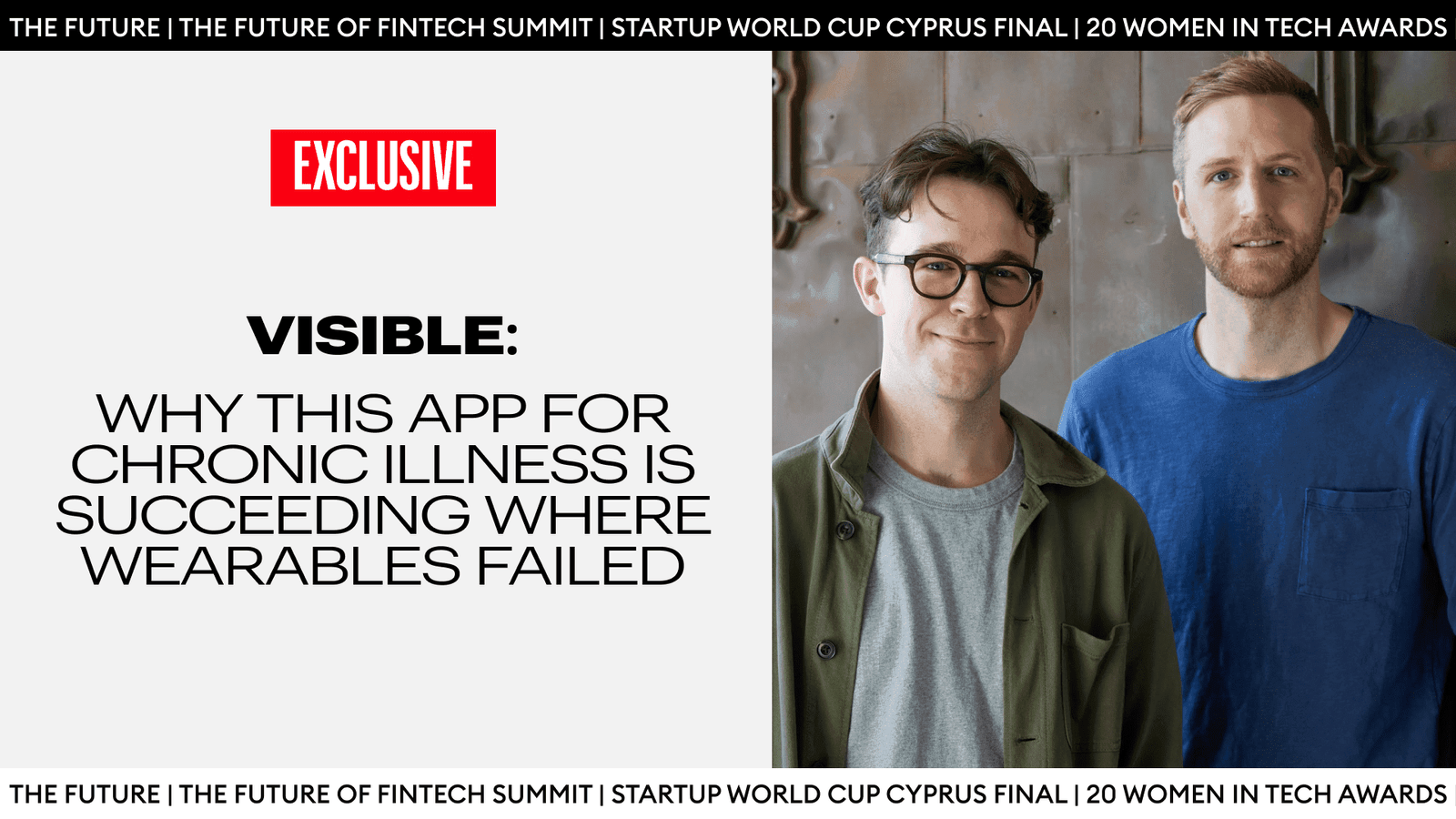The world of e-commerce is evolving rapidly, with trends emerging that will define the future of online shopping and business strategies. Here are five key trends to watch for in 2025, which are set to revolutionize the way businesses approach e-commerce and how consumers shop online.
1. Social Media Shopping
Social media continues to reshape the e-commerce experience by integrating shopping features directly into platforms like Instagram, Facebook, TikTok, and YouTube. These platforms are becoming essential for businesses to reach their customers, offering a seamless shopping experience without the need to leave the app. As social media shopping grows, personalization is key. Tailored ads, influencer marketing, and recommendations play a big role in converting social media browsing into sales, with data showing that 31% of e-commerce sales come from personalized recommendations.
Follow THE FUTURE on LinkedIn, Facebook, Instagram, X and Telegram
2. The Rise Of Voice Commerce
Voice technology is transforming how consumers interact with brands online. With voice search driving over $2 billion in sales annually, businesses must optimize their platforms for voice search to stay competitive. For example, Starbucks has successfully incorporated voice ordering in its app, enabling customers to place and pay for orders hands-free. This trend is expected to grow, with more e-commerce businesses adopting voice search capabilities for improved convenience and faster order fulfillment.
3. Sustainability In E-commerce
Sustainability is no longer optional but a major purchasing factor for consumers. With 78% of shoppers ranking sustainability as a key decision-making criterion, businesses must focus on sustainable practices to retain customer loyalty. AI-powered demand forecasting is one solution helping companies minimize waste and improve inventory management. For instance, Coca-Cola Andina uses predictive systems to ensure accurate forecasting, reduce environmental impact, and streamline operations.
4. Immersive Shopping Experiences
Augmented Reality (AR), Virtual Reality (VR), and the Metaverse are dramatically changing the e-commerce landscape by offering immersive shopping experiences. These technologies allow consumers to virtually try on clothes, visualize furniture in their home spaces, or experience products more interactively. As a result, return rates are decreasing, and customers can make more confident purchase decisions. This trend is expected to continue growing, with the global metaverse market projected to reach $11.11 billion by 2025.
5. Hyperlocal Marketing
Consumers increasingly seek personalized, location-based experiences. Hyperlocal marketing uses geographic and cultural data to deliver highly targeted promotions. Businesses can tailor their marketing efforts to local preferences, ensuring that customers receive relevant offers based on their region. For example, McDonald’s tailors its menu to specific countries and regions, offering options like the Paneer Wrap in India and the Teriyaki McBurger in Japan. Hyperlocal marketing is becoming an essential strategy for e-commerce businesses looking to resonate with diverse customer bases.
What Experts Say

We reached out to Matt Gramovich, General Partner at Capitaliply, for his expert insights on the e-commerce trends discussed in this article. Here’s what he had to say about the future of online shopping, from the explosive growth of social commerce to the rise of immersive shopping experiences with AR and VR. Matt also shared his thoughts on the increasing importance of cloud-based POS systems in the evolving digital retail landscape. Here’s his perspective on the trends that are reshaping e-commerce.
Social Commerce Is Set To Explode
Social commerce has become a major player, with a market value of around $1.3 trillion, representing nearly 19% of global e-commerce. Projections suggest that by 2030, this sector could balloon to $8.5 trillion, claiming up to 68% of the global market. This shift is driven by seamless integrations of shopping features on social platforms, and China is already leading the way, outpacing the U.S. with its deeply integrated platforms like WeChat and Douyin, which merge shopping, payments, and live commerce.
AR And VR Shopping Experiences
Immersive shopping, powered by AR and VR technologies, is rapidly growing, with the AR shopping market expected to hit $58 billion by 2034, expanding at a CAGR of 28%. Technological advances, such as LiDAR scanners in smartphones like the iPhone 15 Pro, are allowing businesses to create detailed 3D models with ease. The rise of mixed reality (MR) headsets, such as Apple’s Vision Pro, promises to make AR-driven shopping a mainstream experience, transforming the way consumers interact with products online.
Cloud-Based Point Of Sale (POS) Systems
The cloud POS market is set for significant growth, projected to soar from $6.9 billion in 2024 to $20.67 billion by 2029, with a CAGR of 25.3%. Key drivers include mobile payments, real-time analytics, and omnichannel retailing. The increasing demand for contactless transactions and AI-powered customer engagement is accelerating the adoption of flexible, cloud-based POS solutions, making it an essential part of the future of e-commerce and retail.
Conclusion
As we approach 2025, e-commerce businesses must adapt to these evolving trends in order to stay ahead of the competition. By embracing voice search optimization, leveraging immersive technologies, prioritizing sustainability, tapping into social media shopping, and utilizing hyperlocal marketing strategies, companies can enhance customer experiences and drive growth in the fast-paced world of online retail.









